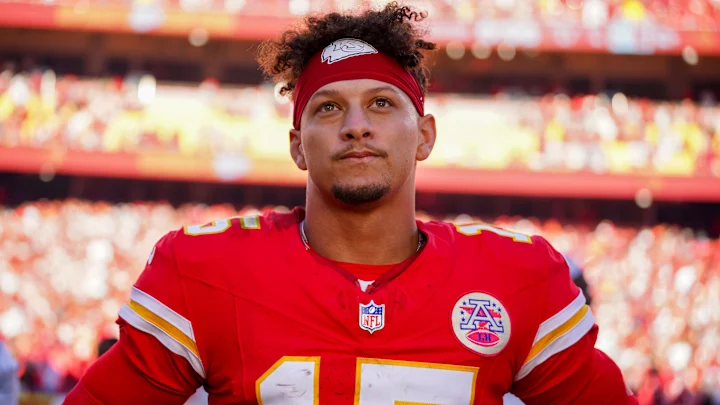
Kansas City Chiefs’ $99 Million QB Deal Sparks Leadership Changes
The Kansas City Chiefs have just inked a landmark deal for a quarterback, signing him to a massive $99 million contract, marking a new era for the franchise. While the decision was met with excitement from fans and analysts alike, it also raises questions about the leadership dynamics within the team—especially among the veteran players, including the team cap A New Quarterback and a Big Investment
The Chiefs, known for their high-powered offense, have long relied on a strong quarterback play to keep them competitive in the AFC. With the signing of the $99 million deal, the organization is making a significant investment in their future, signaling confidence in this new QB’s ability to lead the team for years to come.
At the heart of the Chiefs’ decision is the evolving landscape of the NFL, where franchises are increasingly willing to make bold moves to secure long-term success. The Chiefs’ front office, led by General Manager Brett Veach and Head Coach Andy Reid, have carefully crafted a plan that balances immediate success with long-term sustainability. The new QB is expected to step in and carry the mantle of leadership, potentially even surpassing the achievements of the legendary Patrick Mahomes, though the situation remains fluid.
The Captain’s Leadership Role in Question
However, as the Chiefs sign a new face of the franchise, the question of team leadership arises. The current team captain, a key veteran player who has been at the helm for years, might now be facing a crossroads. While the quarterback position is often the natural focal point for leadership, the role of captain involves more than just the ability to throw the ball effectively—it’s about being a vocal and emotional leader on and off the field.
The captain’s stepping down could be a voluntary decision. After a period of time leading the team, the veteran might see the shift in direction and recognize the necessity of making way for the new face of the franchise. Alternatively, it could come from organizational pressure—where the front office feels that a fresh, younger leader is better suited to guide the team into the next era.
For the team captain, stepping away doesn’t necessarily mean leaving the Chiefs altogether. It could mean a transition to a different role within the organization, where their experience and leadership still have value. They might focus more on mentoring the younger players or shifting to a different position that allows them to contribute in a less demanding way. The departure of the captain from the leadership role would represent a changing of the guard, but it could also represent the team’s growth and evolution.
The Future of the Chiefs’ Dynasty
For Chiefs fans, this $99 million signing is an exciting move. The franchise is clearly betting on the future, and while the road ahead might involve some growing pains as players adjust to new roles, there’s a sense of optimism. The new quarterback could be the missing piece to solidifying the Chiefs’ place as perennial contenders in the NFL.
In the end, whether or not the captain steps down, the Chiefs are clearly positioning themselves for sustained success. As long as the leadership structure adapts to these changes—whether through player development, strategic coaching, or smooth transitions of responsibility—the Chiefs could be well on their way to building another championship-caliber team.
The next few seasons in Kansas City will likely be defined by this bold move and the growing pains that come with introducing a new star player while balancing the team’s established leadership. The Chiefs have the resources, coaching, and fan support to make this transition smooth—but only time will tell if they can maintain their elite status in the AFC.
—
This takes into account the potential ramifications of such a deal and how it might affect the team’s leadership. Would you like me to focus on any specific part of the story?

Leave a Reply